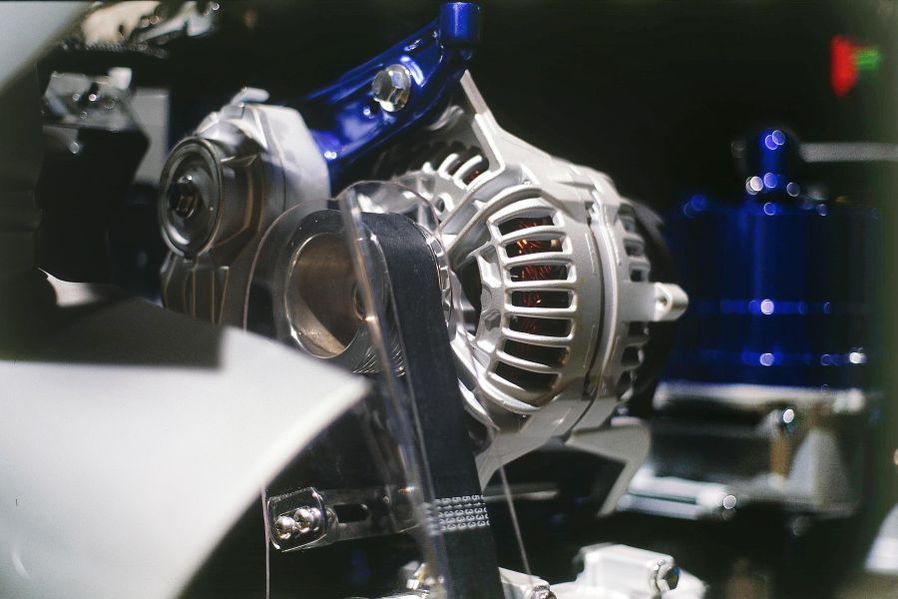
Utility vehicle maintenance was fundamentally changed by electronic systems. Service technicians still know engines, brake systems, transmissions or hydraulic systems, but they are now trained mechatronics technicians and no longer “just” mechanics. The job title is derived from the field of mechatronics, a combination of mechanics, electrics, and electronics, supplemented by control and information technology. The profession further requires knowledge in the fields of hydraulic, pneumatic and control systems.
Some German universities and technical colleges (HTL) in Austria offer the option of acquiring an engineering degree as further education. The typical mechatronics studies include mathematics, mechanical engineering, thermodynamics, flow mechanics, electronic circuits, systems theory, electronics, communication technology, control technology, digital-signal processing, and robotics. “The basic functions of a modern diesel combustion engine have not changed,” explained Sven Reich. “A piston moves inside a cylinder. When it goes down, diesel is injected, when it is up, combustion takes place,” said the 27-year-old mechatronics technician from Münsingen in the Swabian Alb. However, the engines work much more efficiently due to electronics. The on-board computer considers all variables relevant for engine operation. Sensors record the rotation speed, temperature or accelerator-pedal position and forward the appropriate values to the on-board computer. The computer uses them to calculate the amount of fuel to be injected, or it switches off the fuel supply without reducing the power when the engine is in pushing mode.
Utility-Vehicle Maintenance: Electronics Supplant Mechanics
“Electronics are very important for the safety of and comfort in a truck. It has supplanted many mechanical functions in the meantime,” said Reich. He referred to the automatic transmission, hill-hold function, lane-departure warning system, and automatic proximity-control system. In the past, such systems were first developed for top-of-the-range passenger cars and then found their way into trucks. These times are over.
“Trucks have been pioneers in safety and comfort systems for a long time,” commented Reich. Everything is controlled by electronic systems. This has made the job easier but also more boring. Old-style car mechanics had to do lots of detailed detective work to find a defect. Nowadays, one can just connect a notebook and the defect is displayed. Mechatronics engineers work less with their hands. In previous times, workshops had to take apart and clean transmissions or exchange gear wheels or synchronizer rings. The transmissions are now simply separated from the truck and sent to the manufacturer. A completely overhauled aggregate is then returned. Doing the work in-house is not only too complicated but also too expensive. Ten hours of labor by a mechatronics technician often exceed the cost of a new transmission.
But mechatronics technicians still have to do some hands-on work. This applies particularly to break-down vehicles, said Sven Reich. The type of repair required will depend on the problem and may extend from a flat tire to engine failure. Support is often requested for cooling problems. If the broken-down truck can still be rolled and steered, Reich will personally tow it back. In all other cases, wrecker has to be called. Particularly make-shift repairs of small components often require creativity. For example, Reich “outwitted” a failed fan switch by short-circuiting it, so that the engine management received the required signal. However, a ladies’ stocking as a replacement for a fan belt is an urban legend, according to Reich. “Even the fan belt of a small passenger car drives at least three wheels nowadays.”